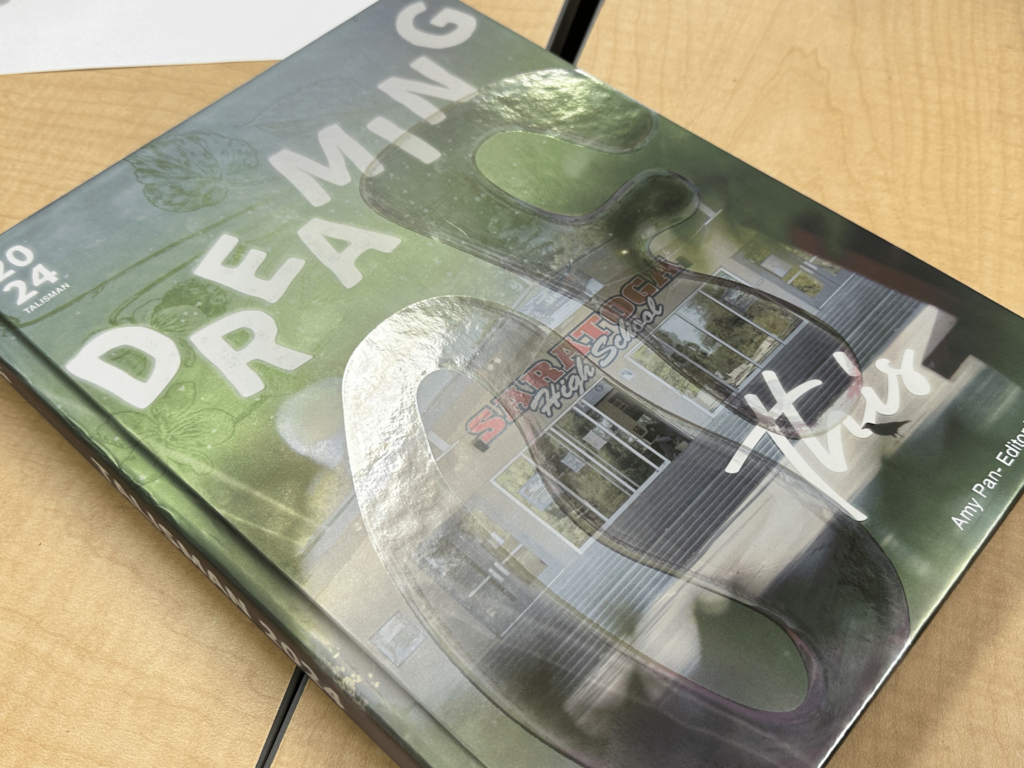After nearly five years of working with the administration, the green commission’s mission to install solar panels in the front parking lot remains unrealized and is unlikely to be reconsidered by the school board in the near future.
Green commission first approached then assistant principal Kevin Mount with the proposal for solar panels in 2011. According to senior Meera Rachamallu, a member of the green commission, the commission has been unable to find support from the administration ever since Mount left the district last spring. Although Jane Marashian, assistant to superintendent Bob Mistele, has come to a few of the commission’s meetings and suggested ideas, Rachamallu thinks solar panels now rank as a low priority.
“With the Measure E bond, we were hopeful that our proposal would move forward, but according to the school board members, solar panels barely made the list for consideration,” Rachamallu said. “It’s upsetting that [the music department] was able to get a music building through its connections, but solar panels, which benefit the whole school rather than just one part of it, got overlooked.”
The administration and green commission agree that the only viable place for solar panels would be the front parking lot, which receives the most sun exposure on campus. The rooftops on the school’s buildings do not have the right angle for mounted solar structures and the back parking lots do not receive enough sunlight for any significant energy output.
According to principal Paul Robinson, though, one of the main reasons for the board’s reluctance to install solar panels in the front parking lot is that many community members see panels as unattractive and fear they would detract from the school’s overall aesthetic, especially with the school’s current layout.
“At schools like Homestead High School, the solar panels are on top of parking lots that are not directly in front of the school’s main entrance and [the panels] don’t become an eyesore,” Robinson said. “The community likes the openness of our school’s entrance and would hate to see it changed.”
According to Rachamallu, however, the green commission has reached a different understanding with the community.
“Over the last two years, we’ve surveyed all the houses along Herriman Avenue and received almost 100 percent positive responses to the possible installation of solar panels,” Rachamallu said. “None of the neighbors we surveyed thought aesthetics mattered.”
The second hurdle to the project, according to Robinson, is cost: It would take too long for the final product to be profitable. According to a report from a company hired to consider the project, it would take 18 to 22 years before solar panels in the front parking lot would pay off and begin saving the school money. At Los Gatos High School, whose campus is surrounded by sun-obstructing mountains and trees, the report projected that it would take over 30 years before the panels would start making a profit.
“[Solar panels] are just not cost effective for us right now, and it’s still somewhat of a gamble on whether or not they’ll pay off,” Robinson said.
An energy audit conducted by Innovate Energy Services (IES) in 2011 compared the district’s energy usage with the energy usage of neighboring districts. The results demonstrated that at 1,251 kilowatts/hour per student, the district’s consumption was the highest of all schools involved in the study. SHS was 25.2 percent above the average, and Los Gatos was 31.64 percent above the average. Since 2011, the school has tried to decrease this percentage, but does not see solar panels as part of that solution for the time being.
Robinson said that although the installation of solar panels is improbable in the near future, the school has been trying to use the Measure E funds to improve its energy efficiency in other ways, such as switching to LED lights and replacing the inefficient heating, ventilation and air conditioning (HVAC) units.
Ultimately, because solar technology is rapidly changing, the administration believes it is in the school’s best interest to wait for cheaper technology to become available and reassess from there.
“I’m a huge proponent for solar panels if they make sense,” Robinson said. “My hope is that as the technology evolves, we can find a more cost effective way to mount solar panels on existing buildings or even the front parking lot so that the payback isn’t as far as 18 years away.”


























